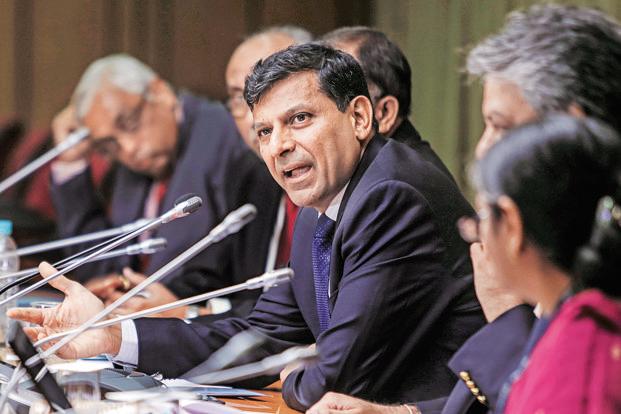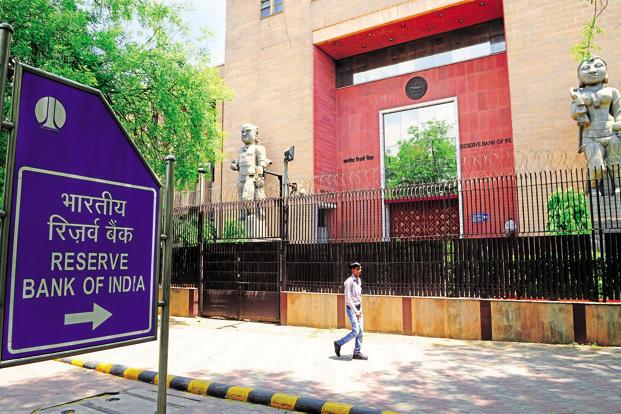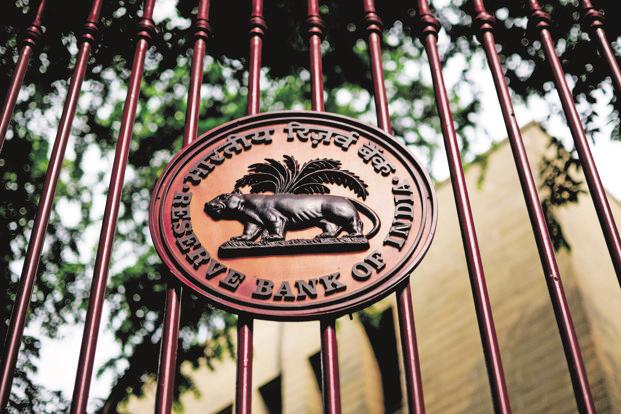The swap markets are pricing in a quarter percentage point rate cut on 29 September when the Reserve Bank of India (RBI) reviews its monetary policy. Most analysts also expect the Indian central bank to opt for yet another round of rate cut, the fourth in 2015, to bring down the policy rate by a full percentage point—from 8% in January to 7%.
The reason behind this is a sharp drop in inflation and a near certainty that retail inflation will remain lower than the Indian central bank’s January target of 5.8%-6%, probably around 5.5%.
In August, retail inflation was 3.66% and the July retail inflation was revised down to 3.69% from 3.78% earlier. Excluding food and fuel, the so-called core retail inflation remained soft and virtually unchanged at 4.91%.
The wholesale price inflation (WPI) continued to remain in the negative territory in August at -4.9%, following -4.05% in July.
It was also 10th successive month when wholesale inflation shrank, the longest stretch of negative wholesale prices in around four decades. The last time India saw a longer stretch than this was for 12 months, between July 1975 and June 1976. This record is likely to be broken this time as wholesale inflation is expected to remain in the negative zone till November.
All three segments of wholesale inflation—primary articles, fuel and manufacturing products —were in the negative territory for the fourth consecutive month till August and the so-called core wholesale inflation, at -1.86% in August, the lowest in 71 months.
While many believe that the drop in the inflation has created room for a rate cut, a few analysts—and they are in a minority —expect RBI to remain on hold. They have reasons to believe so.
Indeed, retail inflation has dropped below 4% but that’s largely on account of the so-called base effect and will rise to around 4.5% in September and further in the coming months.
More importantly, inflation expectations continue to remain high; in fact, in June, household inflation expectations rose to 10.8% from 9.6%. Insufficient monsoon rainfall —about 14% below normal now —will add to the worry, as food prices will be under pressure, and this is not good news for inflation.
Global uncertainties too will influence the central bank, they say. The currencies of many emerging markets, such as Brazil, Malaysia, Indonesia, Turkey and South Africa, are under tremendous pressure even as these economies experience low growth and witness an outflow of money. A rate cut at this point will make the rupee vulnerable.
According to these analysts, RBI governor Raghuram Rajan, who is committed to slaying inflation in Asia’s third-largest economy, should not let his guard down: he should wait and watch the full play of monsoon, volatility in global markets and, of course, US Federal Reserve’s move before taking a call on the rate cut.
I don’t belong to this camp. Rajan will probably go with the trend in the swap markets and cut the rate by a quarter percentage point.
Food inflation may not be a big threat, despite a deficient monsoon, as rural demand continues to remain weak, global food prices are moving southward, and the government is fairly active in managing supply-side issues. If kharif sowing is any indication, we can expect a relatively better harvest this year, and the foodgrain stock in the central pool is fairly adequate.
Besides, the government is not exactly liberal in raising the minimum support prices (MSP) of foodgrains which can have an adverse effect on inflation.
Indeed, the currencies of most emerging markets are being battered, but India is relatively better off because of decent macroeconomic conditions, including a low current account deficit and 7% growth in gross domestic product (GDP). The rupee is one of the better performing currencies among emerging markets, and RBI would not mind if it depreciates marginally from its current level. Unlike in the past, a weaker rupee will not have an impact on imported inflation as the currency deprecation will be adequately compensated by low crude prices.
The US Federal Reserve’s decision to not go for a rate hike in its last meeting will also influence RBI. The Federal Market Open Committee, the monetary policy-making body of the US Fed, is expected to maintain the status quo in its October meeting too, and the earliest we may see a rate hike in the US could be in mid-December.
I doubt whether Rajan will wait till December to take a call on a rate cut in India. He will probably go for it this week.
And, this could be the last of the rate cuts for the time being. In all probability, retail inflation will not be more than 5.5% in January. Since Rajan wants a real rate of 1.5% to 2%, India’s policy rate cannot go down below 7% shortly even if economic growth falters. The governor will probably pare the growth projection from 7.6% and shift the retail inflation goalpost to 5% in January 2017. This means that unless inflation comes down further, there will be no room for more rate cuts in the near future.
To that extent, RBI is expected to follow a neutral monetary stance after the policy rate drops to 7%. The fight against inflation from now on may not be easy, as the base effect will not favour the inflation trajectory in 2016.
The banks will remain under pressure to pass on the benefit of lower policy rates to the borrowers. Most banks have cut their deposit rates by at least 1 percentage point, but the cut in loan rates is roughly one-third of it.
Once the banks start arriving at their base rate or the minimum lending rate based on their marginal cost of funds, we will see faster transmission of the monetary policy.



